A children’s music group will take on the complex and layered art form of Sufi music at a weekend showcase
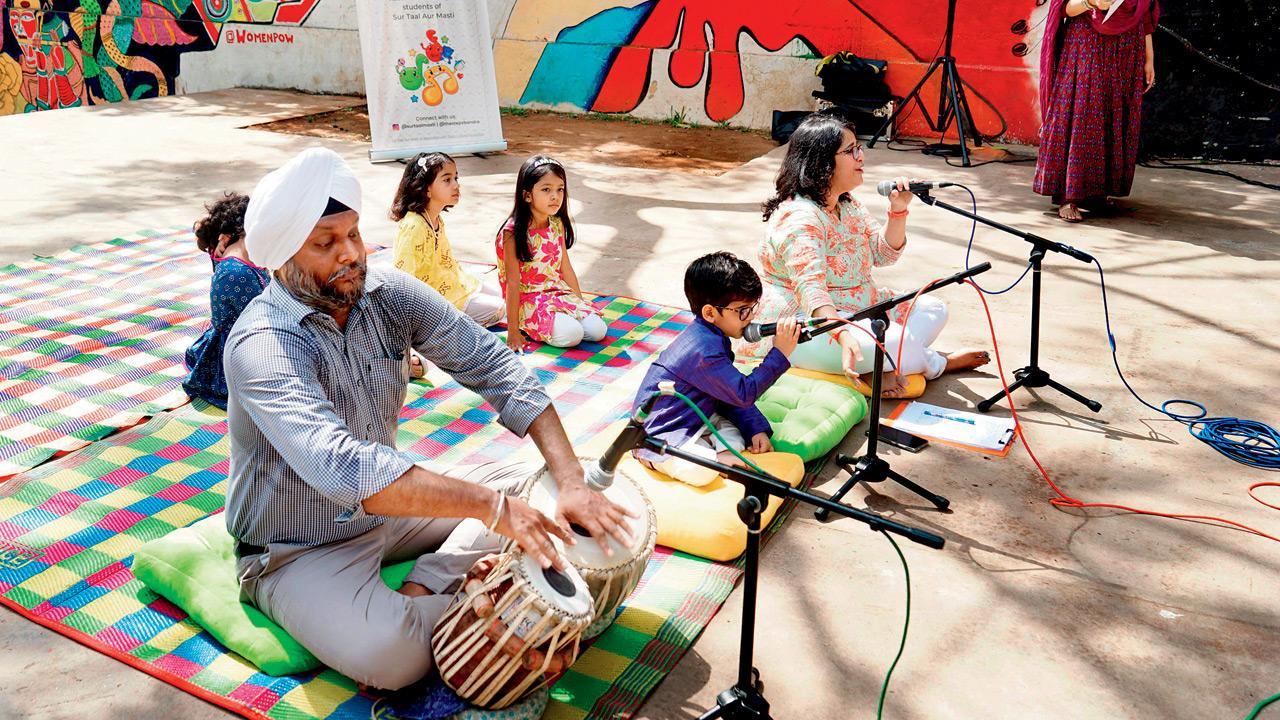
Tabla playerJaspal Singh Chawla performs with the young musicians at a previous outdoor concert in Bandra. PICS COURTESY/SHYAMA PANIKKAR and SUR TAAL AUR MASTI
Sarangi maestro Farooque Latif Khan has tuned strings in the presence of legends like Ustad Zakir Hussain and Ustad Rashid Khan. But in 2023, it was 30 little ustads from the city who gave him a jugalbandi to remember. In a Vile Parle studio, music educator Shyama Panikkar and her students sang raag Jaunpuri with Khan, in tandem — taal se taal. It’s not surprising then, that the little maestros will return to the stage this weekend with another brave project, Sur Sufiyana, a celebration of the mystical art form.
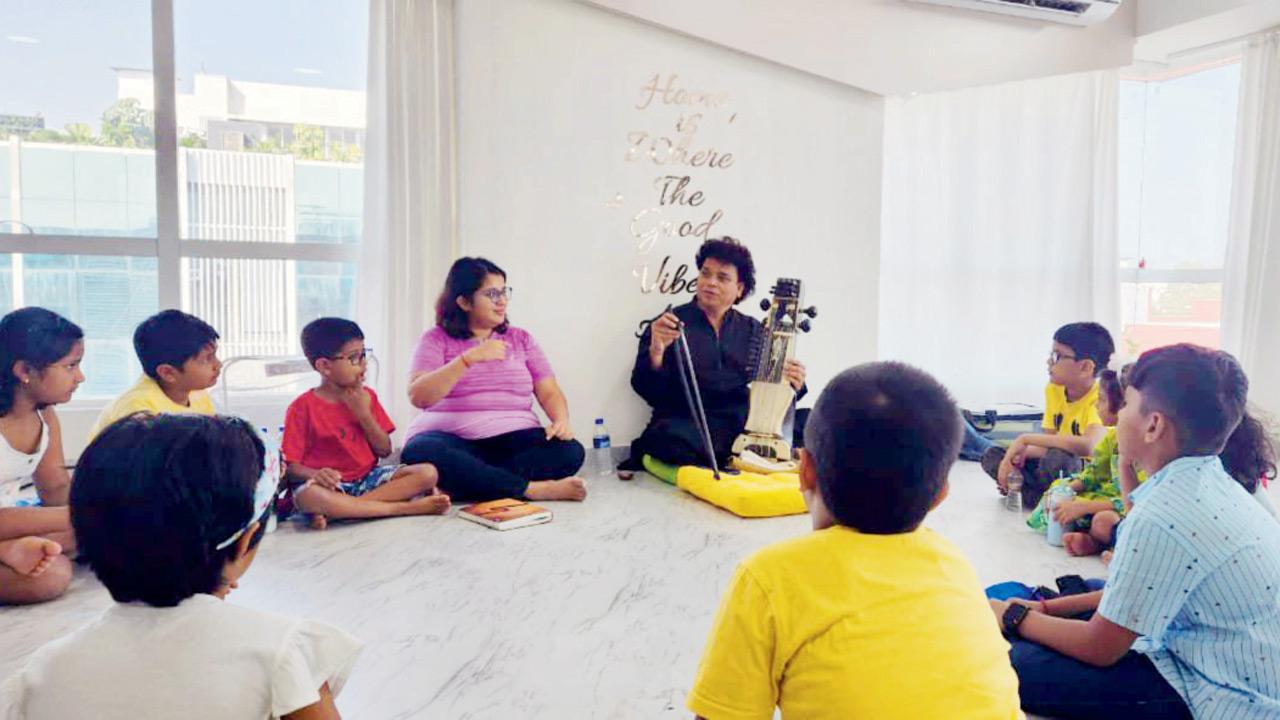
Farooque Latif Khan (centre) shares insights with children during his visit
Between school and the excitement of a summer vacation around the corner, the performers — all below 15 years old — have been flipping through pages of Sufi lyrics lately. But it’s not as monotonous as it sounds. “Sa ga, re ma, ga pa, ma dha, pa ni, dosa!” Panikkar quips over our call. It’s just one of the quirky ways you make classical music forms more palatable for children, she says.
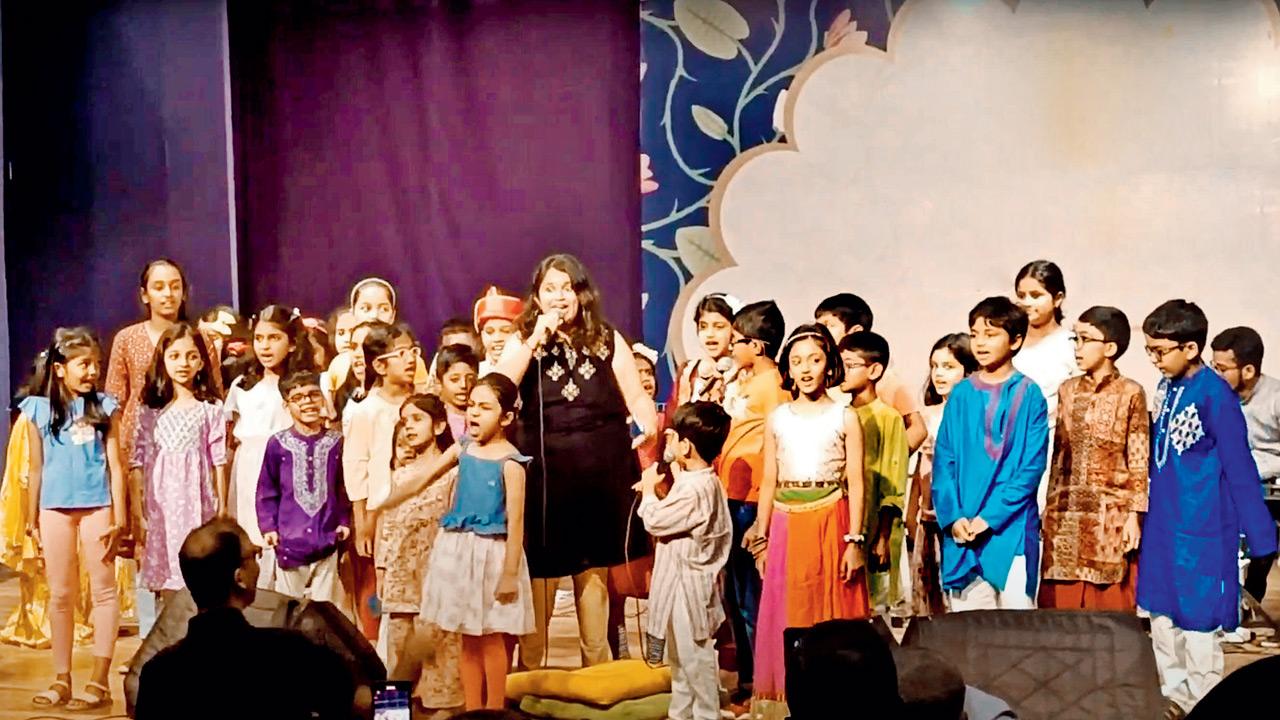
Shyama Panikkar (centre) performs with her students
With classic Sufi songs like Bulleh Shah’s Mast Qalandar, and Amir Khusro’s Chaap Tilak on the set list, the children have big shoes to fill. Ten-year-old Svanik Jadhav, who tells us he enjoys jazz, African music and “Bollywood tunes that make him do a little dance,” is now rehearsing Raahat Fateh Ali Khan’s Tere Bin Nahi Lagda, for the big day. “I love listening to world music. I think it’s a great way to connect with cultures across borders,” he shares, adding that he’s looking forward to seeing his friends and family cheer him on as he belts out sargams this Sunday.
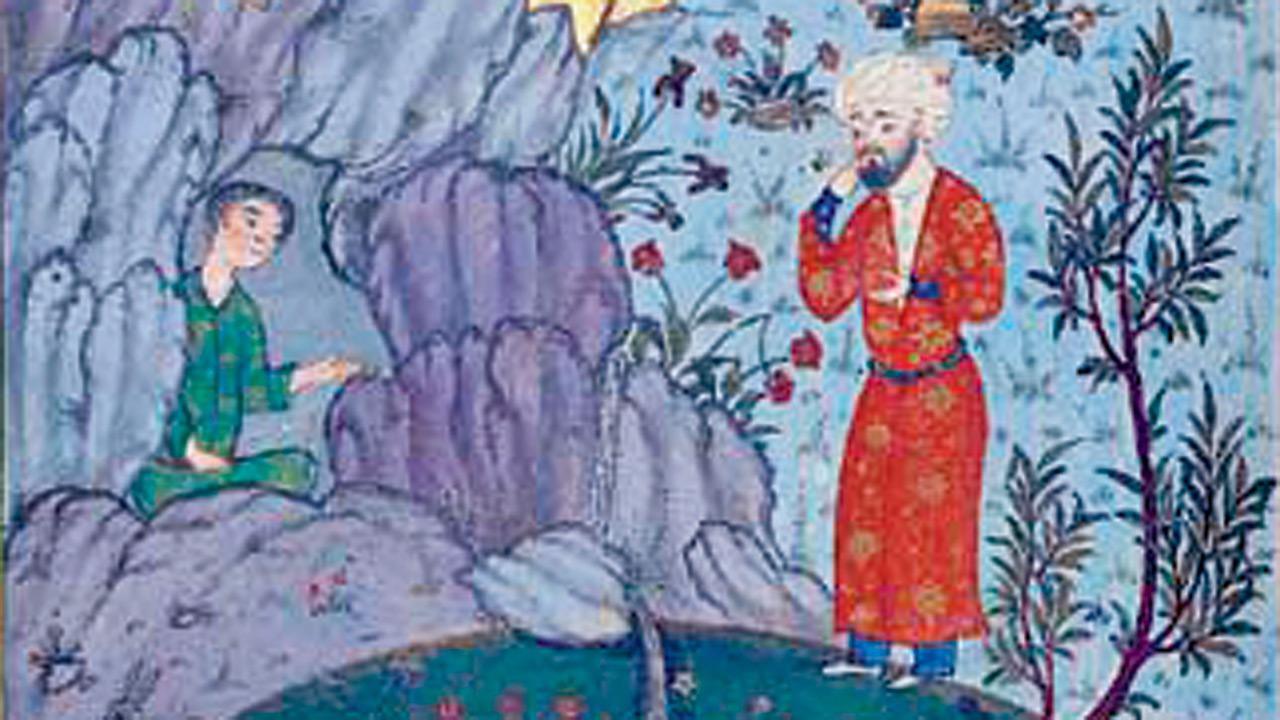
A section of an illustrated manuscript featuring Amir Khusro. PIC COURTESY/WIKIMEDIA COMMONS
“Sufi music is an art form that calls for practice and patience,” Panikkar says. We agree, although we’re not entirely sure children have time for patience these days. “I must admit, it can get hard sometimes to get them in the zone,” she laughs. “You cannot simply sit down and teach them, especially the younger ones. The music must move with them,” she adds.
This prancing around the studio, scribbling ideas on whiteboards, and reflecting on ragas and taals somewhere in between, is not how many including Panikkar and this writer, remember their childhood music classes. “I remember how my teacher would make us sing the same phrase over and over again till we got it right. That was nothing short of a struggle,” she recalls. Panikkar’s 45-minute sessions, she claims, aren’t bound by any such rules. “If a child cannot ace a part, it’s always better to give them some rest and try again tomorrow,” she says.
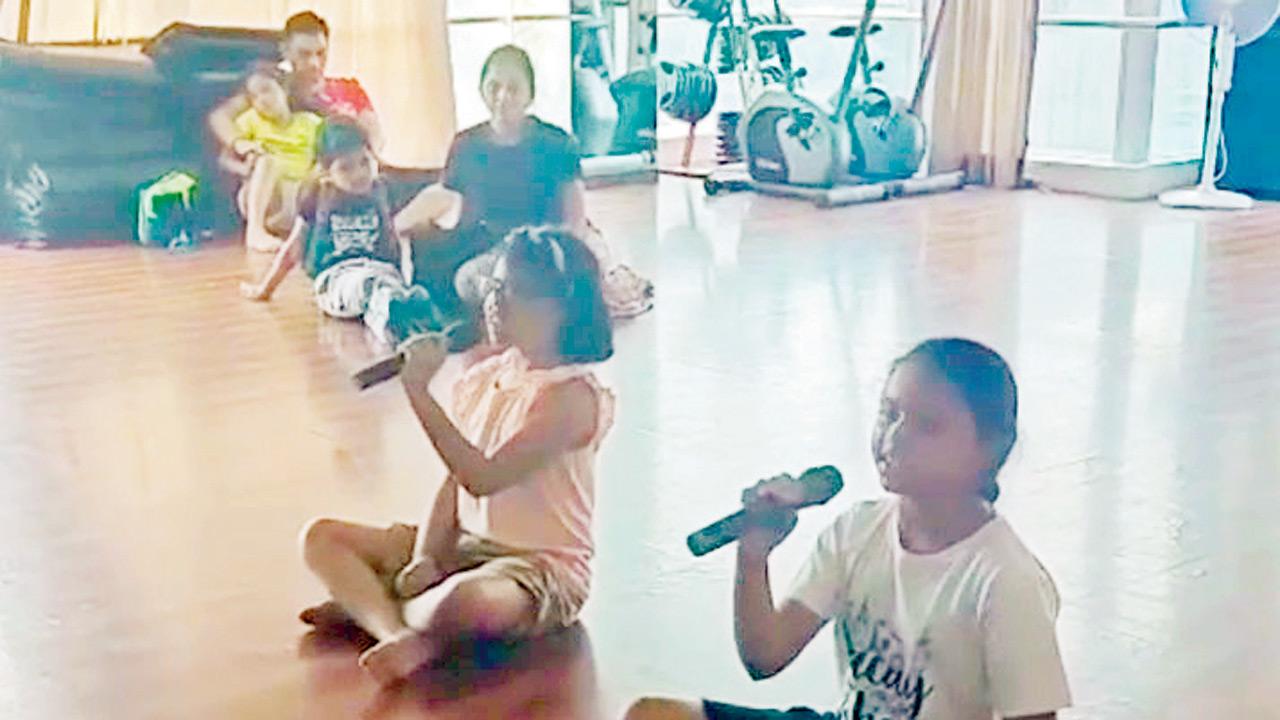 Young musicians practise at the Vile Parle studio before their performance
Young musicians practise at the Vile Parle studio before their performance
There’s one part that catches us off guard though. In a jugalbandi of disciplines, the engineer-turned-music educator has been using math to decipher Sufi music for the children. “The concepts of beat cycles and time signatures are perfect exercises in mathematics,” she says. We’re not convinced numbers are everybody’s jam. Perhaps it will grow on us, as a Sufi would say, with practice and patience.
ON April 27; 10 am
AT Aspee Auditorium, Malad-Marve Road, Malad West.
LOG ON TO in.bookmyshow.com (for tickets) @surtaalmasti on Instagram (for queries)
ENTRY Rs 800
 Subscribe today by clicking the link and stay updated with the latest news!" Click here!
Subscribe today by clicking the link and stay updated with the latest news!" Click here!








